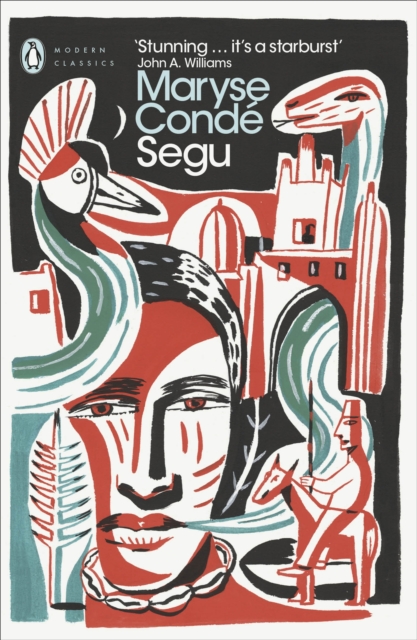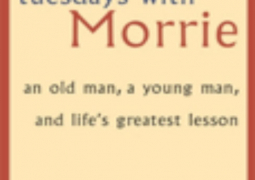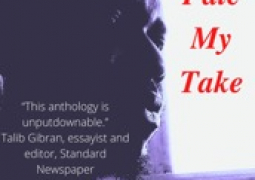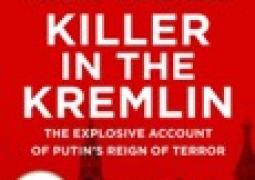
“Segu wasn’t made for peace,” says one of the characters in Maryse Condé’s sprawling, stunning third novel. “Segu loves the smell of gunpowder and the taste of blood.” The book charts the turbulent history of the West African kingdom of Segu, and the plight of its people, the Bambara. At the same time it zones in and traces the mixed fortunes and internal struggles of key members of the aristocratic Traore family.
First published in France in 1984, then the United States in 1987, Guadeloupe-born Condé’s masterpiece is now available to a wider readership after joining the ranks of Penguin Modern Classics. In an age when publishers are quick to anoint an author and bestow classic status on any bestseller, it is refreshing to come upon a title worthy of the honour by a writer deserving of praise.
Commencing in 1797 in the kingdom of Segu in West Africa, an oblong tract of land south of Timbuktu and surrounding Bamako, now the capital of Mali, Conde’s novel unearths the traditions, struggles, conflicts, and triumphs of a family and its culture over the course of a century. It portrays the Bambara people during the spread of Islam from the east, the slave trade from the west, and the introduction of trade and commerce from Europe.
Segu is based around the patriarch of the Traore family, Dousika, and his four sons: Teikoro and Naba from his first wife, Nya; Siga, the offspring of Slave, his third wife; and Malobali from his fourth of five wives. The novel is structured in five parts: not representative of his five wives, but of his son’s migratory journeys and personal growth as the cultures of West Africa fuse and interweave, rise and decline, causing the sons to question their identities.
The kingdom of Segu, steeped in customary animist beliefs, and in the traditions of story-telling, oral history, and griots’ singing chronicles, is changing. This is initially seen through the eyes of the eldest son, Tiekoro Traore, when he witnesses, with great fascination, a Muslim for the first time, who is penning words with a pointed stick and ink – Teikoro is seeing the “magic” of writing. Siga, the third son, notices that “in the past all a man needed was a bit of willpower to keep wives, children, and younger brothers in order. Life was a straight line drawn from the womb of a woman to the womb of the earth … But now the menace of new ideas and values lurked everywhere.” For Malobali, who had never seen a European before, “he couldn’t understand their admirers, for he saw in them a danger worse than that of the Fulani and all the other Muslims combined.” So, while some sons see change as exciting, others are confused by it or fear it.
Conflicts are presented between family members, between different religious and cultural communities, and internally as the sons decide whether to convert to Islam or defend their traditions in which there is a sense of kinship between man and nature; whether to relinquish their power and join the traders and merchants or to remain within their aristocratic agricultural heritage; and whether to fight or succumb to slave traders.
This epic tale is detailed, descriptive, historical, compelling, and transformative. The novel is beautifully written in which the landscape, characters, and cultures reveal the intersection of human reality and the divergence of their dreams. Segu is a distinct, compact kingdom, ritualistic and proud, in which the king is the custodian of knowledge and secrets. Islam undermines the king’s position in which the community is now introduced to the individual concept of the “will to truth.” When forced to confront individualism due to societal and cultural changes, internal and external, the sons must reflect on their stable sense of self and their new identities within new communities. “I am Bambara from Segu” loses its sense of meaning over time.
Tiekoro and Siga are contrasts in religious beliefs, for Tiekoro choses to convert to Islam, thus starting the major conflict within the family, but their fates are similar. As Siga discovers, “Tiekoro’s fate and his own were as inseparable as night and day. Or as sun and moon, for they both fill the world with light and life.” Siga’s idea of starting a tannery was horrific to Tiekoro, who was a true Bambara nobleman in which agriculture was the only occupation of worth and the hierarchical ownership of land the only value of a man. For Malobali, he was paid to fight, “but too often his arms had been turned against the innocent” and contemplated Christianity. Naba has an altogether different fate, dying young, followed by Malobali, confused and conflicted.
The personal dilemmas are “infinitely forlorn, infinitely disturbing.” Sometimes a son emerges temporarily the victor, sometimes he doesn’t. When victorious over one dilemma, such as Islam, they are faced with another, such as western imperialism. All the while there is love and loss. Sometimes the changes are gradual and progressive, but mostly they are violent, impacting the kingdom and individuals in one forceful shock. In all cases, family cohesion is torn as sons are uprooted.
Condé’s Segu is a real place and her novel is based on historical events. What makes the book “classic” is her seamless blend of hard fact and mesmerising fiction. It’s a wild saga, one whose many plot strands and family lines take us in and out of Africa and whose diverse and exotic secondary cast includes fetish priests and griots, lion-hunters and soothsayers, marabouts and mercenaries. Segu transports the reader to a fascinating time in history, capturing the earthy spirituality, religious fervour, and violent nature of a people and a growing nation trying to cope with jihads, national rivalries, racism, amid the vagaries of commerce. Condé uses her rich imagination to bring West African history to life.
Available at Timbooktoo tel 4494345





